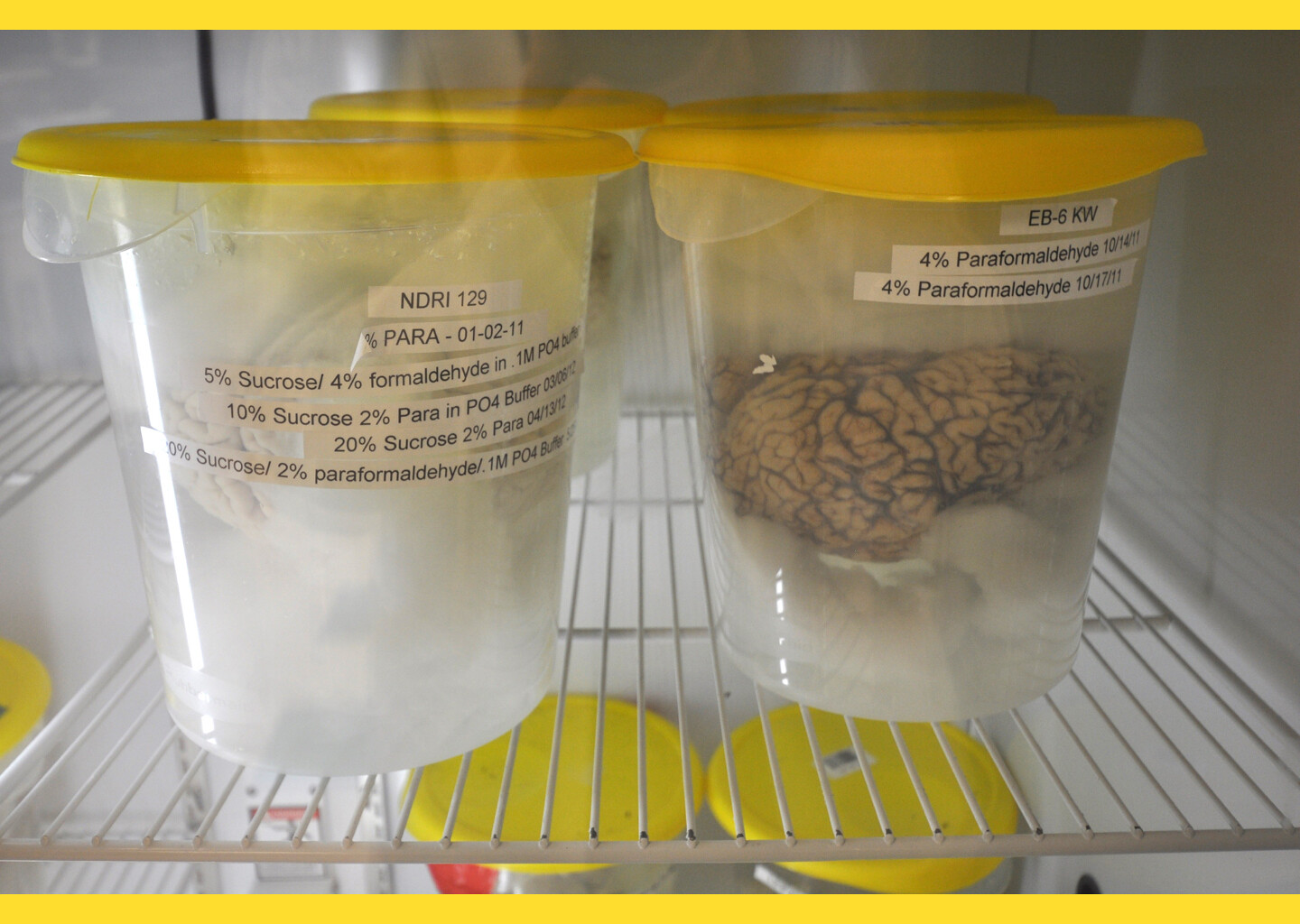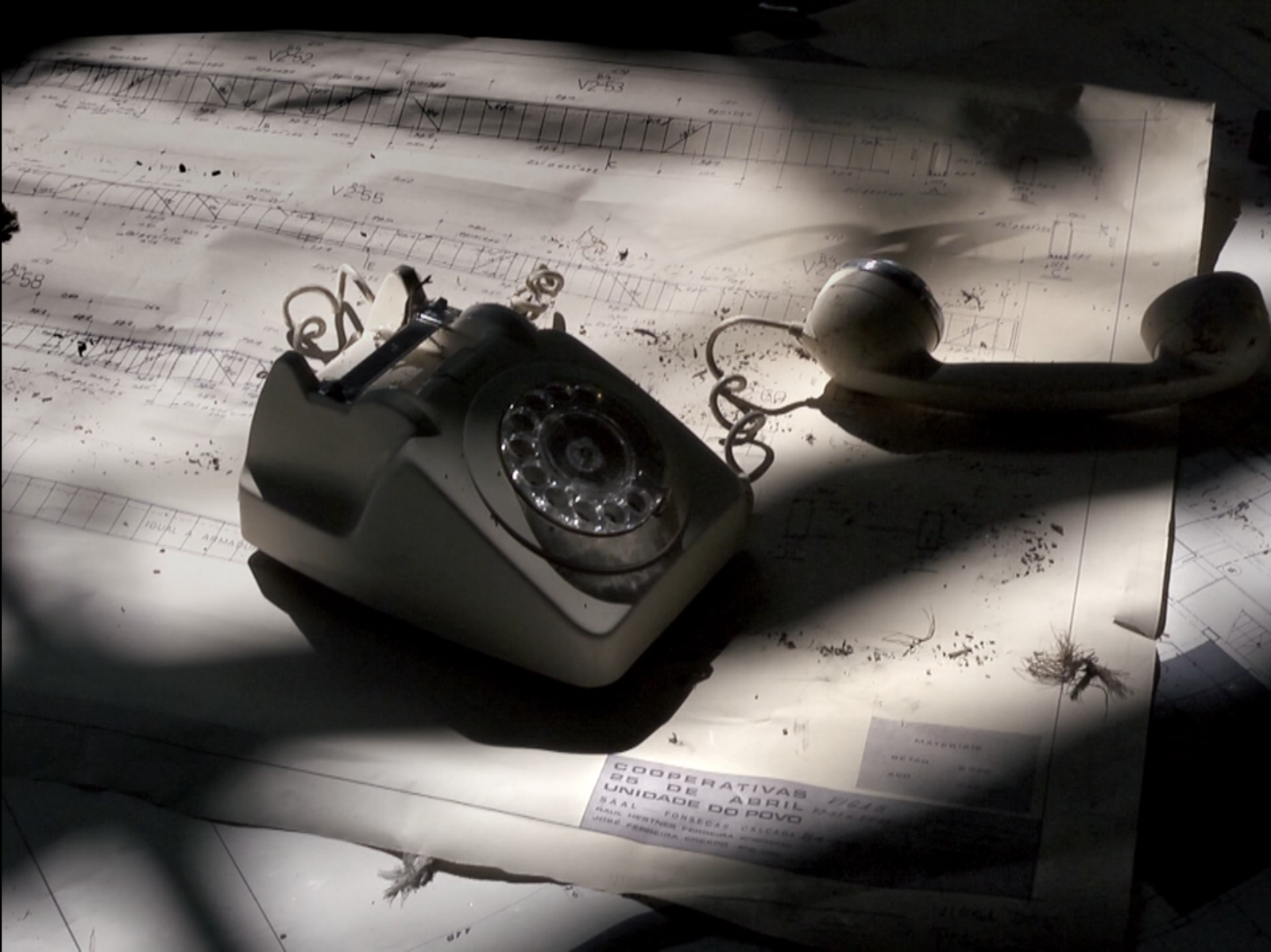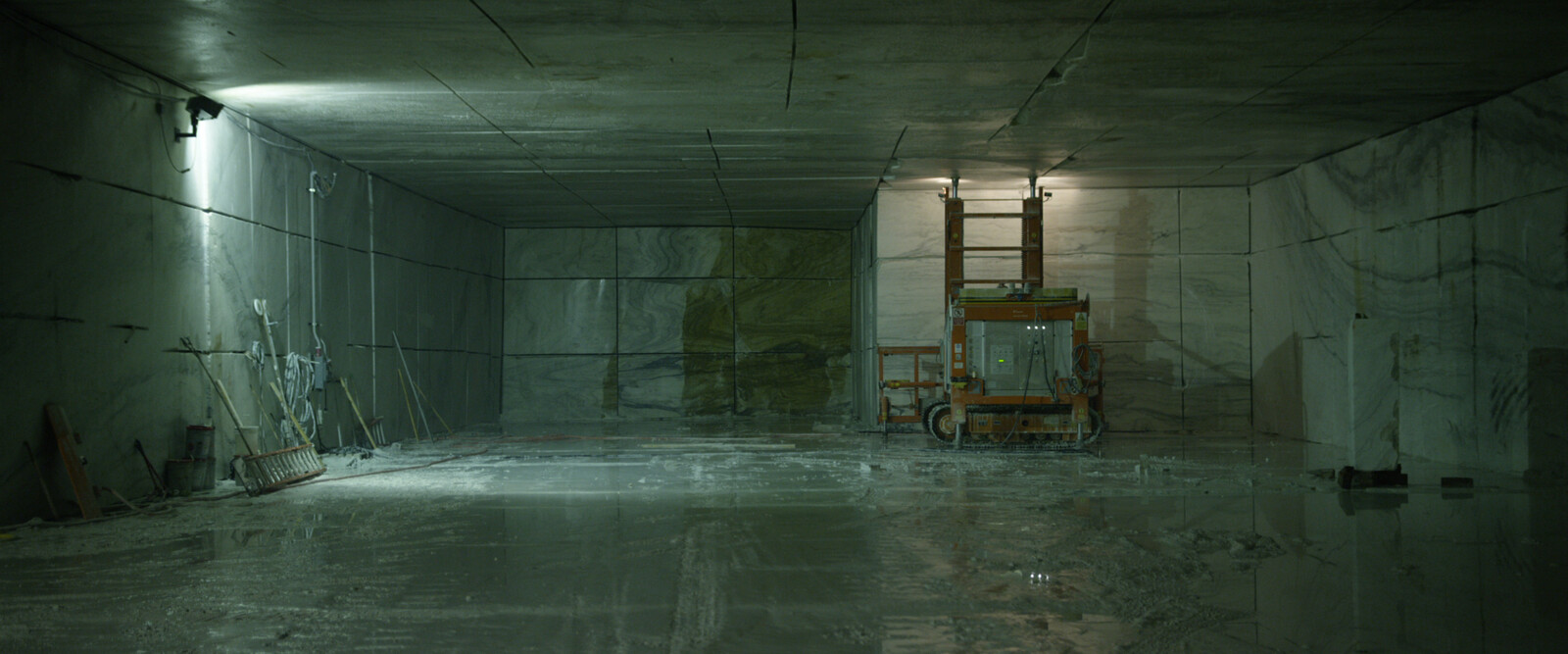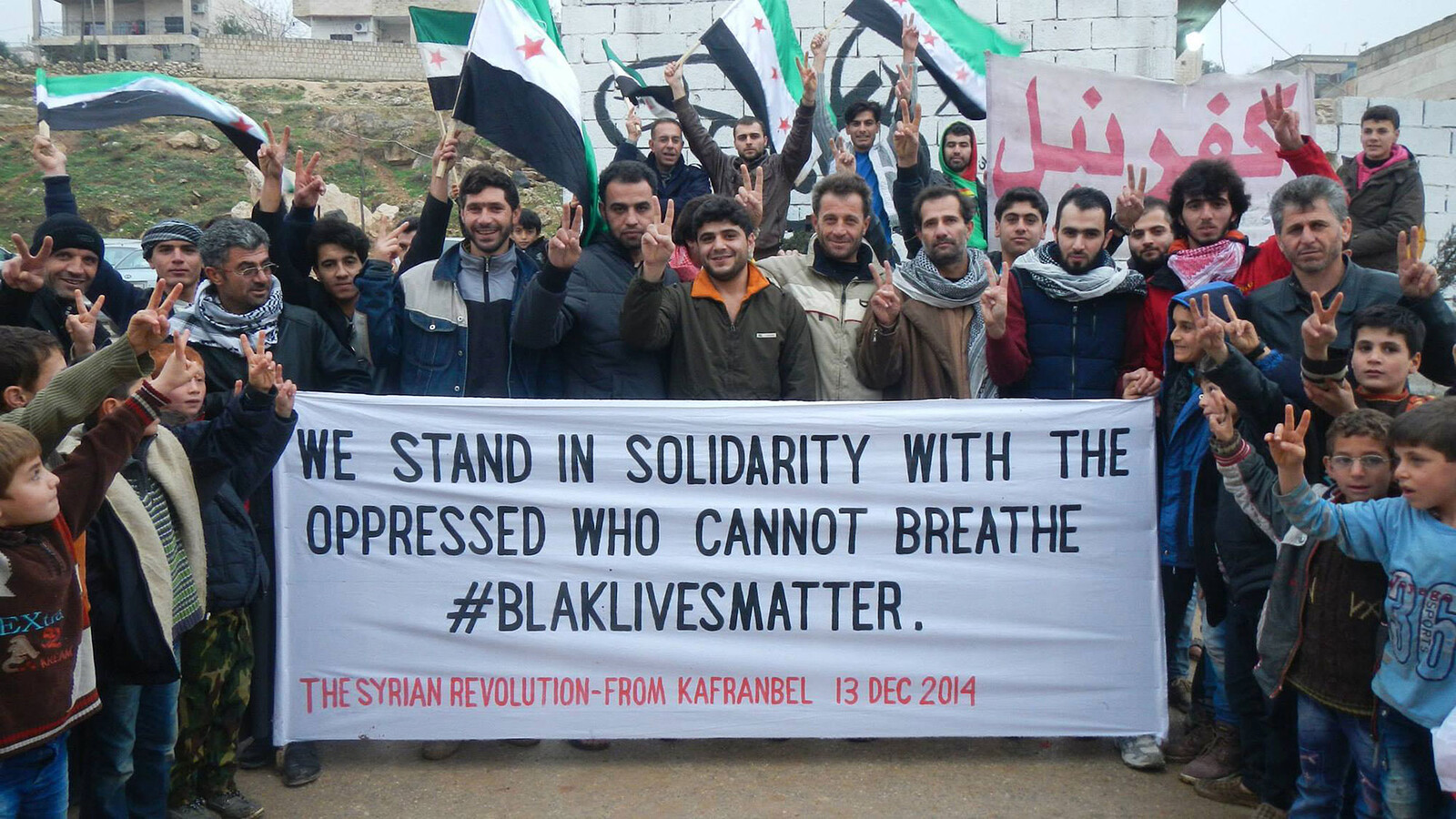Field Note Excerpt I: By Invitation Only
Harvard Medical School (Boston, Massachusetts, USA), May 10, 2016.
Anticipation was in the air. Old friends, new acquaintances, and profitable collaborations. “History is being made,” said one speaker after another. History and synthetic genomes.
I did not realize until sitting at the airport on my way to Boston that this was intended to be a “closed session.” The organizers asked participants not to contact any media outlets or tweet about the meeting:
“We intentionally did not invite the media, because we want everyone to speak freely and candidly without concerns about being misquoted or misinterpreted as the discussions evolve.”1
In response, synthetic biologist Drew Endy, tweeted:
“If you need secrecy to discuss your proposed research you are doing something wrong.”2
Originally, the meeting was called the “Human Genome Project II” (HGP II), a successor to the first initiative that culminated in the early 2000s with a map of humanity’s genetic blueprint. But in response to criticism (source unknown), the HGP II organizers rebranded the current initiative “Human Genome Project-Write.” We were moving beyond reading what is to composing what should be.
Designer DNA. Couture cells. Prada proteins. Must-have mitochondria.
One of the first pilot projects to come out of HGP-Write raised quite a bit of discussion. A team of researchers were working to synthesize a “prototrophic human” that can produce all needed amino acids so there would be no need to eat.
I hear someone sitting next to me whisper to their neighbor, “But what if I like to eat?”3
The researcher continues, “We’ve been experimenting with nutrition and food since the Old Testament.” What’s the big deal, he implies.
The entire project is framed in the context of global food scarcity. But several of those in attendance politely object:
“I would venture to guess people suffering from malnutrition are not looking for synthetic genomes.”
Another person exclaimed, “I urge everyone to think very hard about the problems you’re trying to solve, like ‘feeding the world.’ There’s enough food, it’s just not well enough distributed… Think hard about whether a technological solution is even necessary.”
The presentations continue. Technological fixes for social problems, where “fixing” is not only about solving, but also holding some things in place.
A schedule change is announced: the addition of a last-minute lunch panel focused on ethics.
“It’s unacceptable that there is only one panel on ethics at the end of the day!” (some influential person must have told the organizers).
I am used to it by now: the ethics panel at the very end of the schedule. It usually runs over onto the last page of the program, standing between exhausted (and hungry) meeting-goers and a fancy reception. But not this time. Now we also have a last-minute lunch panel, and unlike all the other sessions where pins can be heard dropping, the ethics are hard to hear.
Between bags of chips popping open and sandwich wrappers peeling apart, three panelists address the relevance of what one participant referred to as “sexy eugenics questions” for HGP-Write.
Among the many ethical issues on the table, the tension between underreporting research and overpromising breakthroughs to the public was of great concern to those deeply invested in the initiative.
What, after all, is the perfect amount of information to generate support without frightening people? “Surely we shouldn’t mention prototrophic humans right off the bat!” someone in the second row chimed in. “Even I’m freaked out by that.”
Then there was the ethics panelist who described his company’s effort to grow therapeutic human cells in pigs. “Will pigs have human feelings?” an audience member asked to nervous laughter.
“If this meeting was in Europe you’d have protestors at the building entrance,” said a man standing in the back.
And finally, the question of who is (and should be) captaining this ship was asked, again and again.
Field Note Excerpt II: Middle Passage Mitochondria
The Voyager (Somewhere between The Door of No Return and the New World), May 10, 1816.
“Who’s captaining this ship?” whispered the woman crammed next to me. She was the only one I knew, another Mende from a neighboring village.
A voice not far away was singing in a language I didn’t understand. She was trying to soothe the shivering boy curled next to her. But mostly there was silence. And the murmurs of those who are trying to make sense of where we are. In several dialects I understand the words “aliens,” “catastrophe,” “abduction,” and “jump.” All of us packed so tightly. Lying on my back I cannot bend my knees without bumping the slab of wood holding the person above me.
Finally, it’s time to go above deck for the afternoon meal. But most of my companions refuse to eat the daily ration of horse beans. A man with leathery skin and a limp threatens us with his cat—a multi-tailed whip interwoven with wire that smells of dried blood. After a few dozen lashes, a few slowly open their mouths and take the ration. But most of us absorb the sting, squeezing one another’s hands, in stubborn refusal.
We have extra time on deck today. The smell from below had finally grown so strong that the captain ordered the crew to fumigate, scrub, and rinse. Pouring vinegar on the floors and smoking the cargo area with tobacco, they eased the stench of excrement and urine, and tried to dissolve the dried filth of vomit, blood, and mucus.4
Meanwhile, the one trying to feed us turned from frustrated to furious. He stormed toward the front of the ship and came back with a hideous contraption to force our mouths open. One by one, he poured spoonfuls down our throats. We could hear the captain shouting, “Don’t choke the bloody devils! We need them alive.”
Finally, it was my turn. As he forced my lips open and struck the back of my throat with the wooden lever, I could feel the nasty beans roll over my tongue. When I started to cough it back up, I could feel his foul breath on my neck as he growled, “It’s too bad we can’t breed you fuckin’ heathens without mouths. Would make my job a whole lot easier.”
Just then, I felt the chain around my ankle yank, and caught the eye of the Mende woman on the end of the line. In seconds we all made it overboard, and hovering over the restless sea, I looked back at the alien ship one last time before we flew away.
Field Note Excerpt III: Restricted Access
Foodie Colony M4E5T8 (Island in the South Pacific), May 10, 2216.
As the aerotrain pulled out of the station, the captain reminded everyone to strap in. The trip to the colony was shorter than I expected. The Transportation Authority caution notices always made it seem as if it were another planet and that the foodies were a different species. But when we pulled up along the shore, close enough to see the inhabitants, excited chatter turned to shock as everyone realized that the stories we grew up with—foodies with protruding jaws and bloated bellies whose babies hung from their mothers breasts like monkeys—were flat out lies.
The figures staring back at us from the island did not seem alien. Most looked just like protees—the vast majority of all the other humans genetically edited to self-sustain.
As the earth entered a period that our ancestors dubbed the “Anthropocene” and the ecosystem began to collapse as a result of human gluttony, food supplies could no longer sustain the growing population. But initial breakthroughs stalled, and dozens of failed clinical trials on four continents failed to produce a viable protee genome. It was three generations before researchers were able to figure out the exact synthesis.
Colony M4E5T8 is one of nine filled with the children and grandchildren of those failed trials.
The public, as it turns out, is hungry to learn more about the foodies, which is where my research comes in. While I wait for my team to arrive in a few days, I’ll set up the interview schedule and other logistics with the colony administrators. After the guide walked me from the aerotrain to the guest quarters, I looked over my notes.
To keep things simple, I grouped the respondents: breast-feeders, children, teenagers, and all other adults. I’ll decide whether to disaggregate after the first round of pilot interviews. I’ve already configured the coding software using the themes outlined in my proposal: nursing and attachment in small children, food preparation and gender roles, hospitality and religious customs, diet and self-image, generational exchanges and family traditions. We’ll incorporate other forms of foodie sociality as they arise … “grounded theory” and all that.
What’s that old saying? We don’t know what we don’t know.
Just as I sat down in the corner of the dining hall to observe the first meal, I was startled by a child with a crown of fluffy brown hair and sticky hands grabbing my fingers, saying, “You’re new! Come on, you can sit with me.”
Postscript
Beauty. Health. Fitness. Intelligence. These are not static universals, but lively battlegrounds; routinely violent, casually eugenic, and euphemistically wrapped in a moral prophylactic. Human betterment. But better for whom? We rarely ask.
Experimenting quite literally with a sociological imagination, this piece employs speculative methods through a series of field notes: the first describes a meeting I personally attended to kick start the Human Genome Project-Write initiative in Boston, USA; the second depicts a hunger strike on a ship carrying human cargo in the Atlantic two centuries before; the third imagines a colony of excess humans whose passé relationship with food burdens the planet, two centuries later. Each note is necessarily partial with multiple possible beginnings and endings.5
One of the aims of this experiment is to explore the relationality of innovation and containment—who and what is fixed in place, corralled and coerced, so others are free to fabricate the future?6 In the process of designing ideal genomes, what versions of humanity are potentially discarded?
Producing speculative field notes as a methodological exercise is a way to fashion possible futures and probable pasts, enabling analysts to critically reflect on the present. In experimenting with the line between fact and fiction, we can begin to question the assumption of inevitability that surrounds technological development.
After all, why is it that we can so readily imagine growing heart cells in a lab, but not growing empathy for other human beings in our everyday lives? For many, the idea that we can defy politics as usual and channel human ingenuity toward more egalitarian forms of social organization is utterly far-fetched. Our collective imaginations tend to shrink when confronted with entrenched inequality and injustice, when what we need is just as much investment and innovation in our social reality as we pour in to transforming our material lives.7
Email communication from Human Genome Project-Write organizers to participants, including the author.
See →
All quotations in the first field note are paraphrases (unless otherwise noted), revised for grammar, tense, or emphasis.
See →
For more on speculative methods, see “Social Fiction: Writing Social Science Research as Fiction,” →; “Ethnography, Speculative Fiction, and Design,” →; “Design Fiction: A short essay on design, science, fact, and fiction,” →; “Speculative Ethnography,” →; “Ethnographies from the Future: What can ethnographers learn from science fiction and speculative design?” →.
For more on the relationship between innovation and containment, see Ruha Benjamin “Catching Our Breath: Critical Race STS and the Carceral Imagination.” Engaging Science, Technology and Society, 2016, Vol. 2: 145-156.
For more on political imaginaries that animate biotechnology, see Ruha Benjamin, People’s Science: Bodies and Rights on the Stem Cell Frontier (Palo Alto, CA: Stanford University Press, 2013).
Superhumanity is a project by e-flux Architecture at the 3rd Istanbul Design Biennial, produced in cooperation with the Istanbul Design Biennial, the National Museum of Modern and Contemporary Art, Korea, the Govett-Brewster Art Gallery, New Zealand, and the Ernst Schering Foundation.
Category
Subject
Superhumanity, a project by e-flux Architecture at the 3rd Istanbul Design Biennial, is produced in cooperation with the Istanbul Design Biennial, the National Museum of Modern and Contemporary Art, Korea, the Govett-Brewster Art Gallery, New Zealand, and the Ernst Schering Foundation.






























































